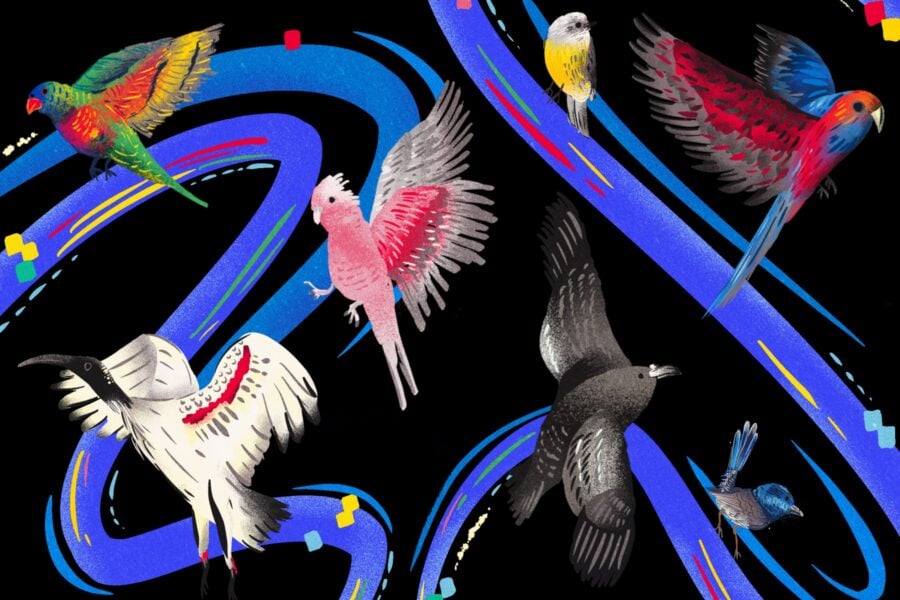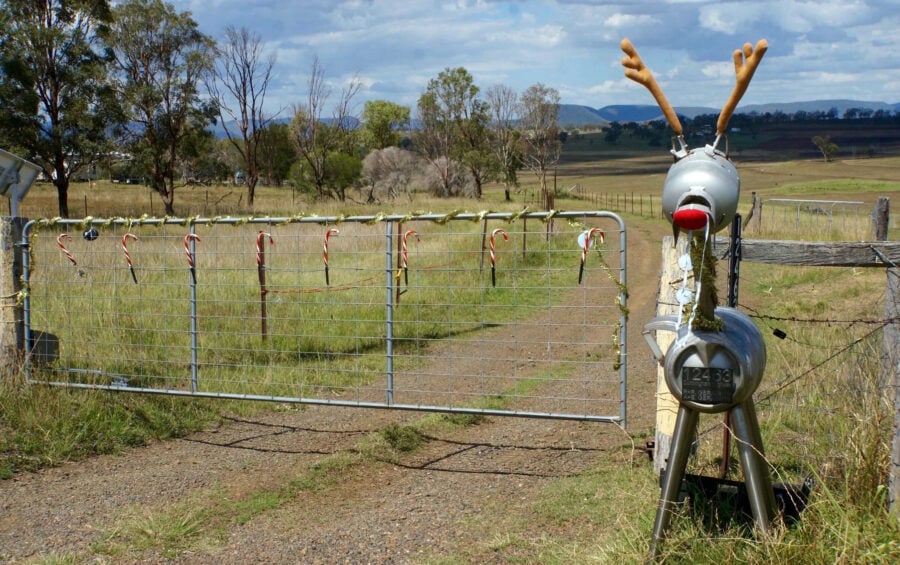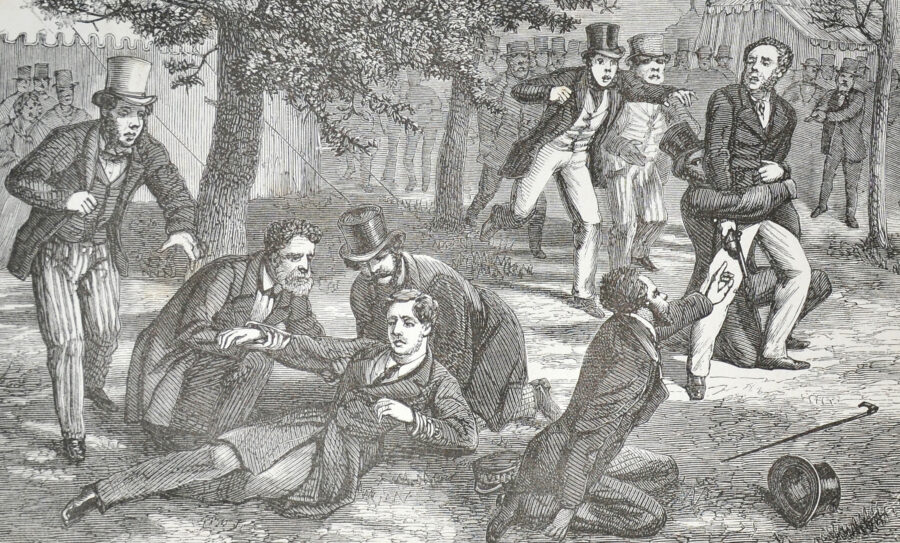National reflections

The walk is shamelessly Australian – as it should be. It’s like your own path from the back door to the Hill’s Hoist: there are a few weeds growing between the cracks, but it does the trick. It’s the Australian of the Year Walk, set along the southern shore of Lake Burley Griffin, Canberra, in the shadow of the National Library.
Along it, each Australian of the Year (AOTY) awardee is honoured with a lectern-shaped stone monument and metal plaque. These stand upon five parallel lines fashioned in the concrete path to resemble a musical staff; each monument is placed on the staff on the correct line or space to signify the melody of Advance Australia Fair.
A couple of the monuments have been defaced – but in that intellectual Canberra way. Someone has placed a photo of intense philosopher and musician Nick Cave on the plaque honouring 1987 AOTY John Farnham, the popular singer with a sweet Aussie wit and megawatt smile. This subtle graffito says much about AOTY, an award now 50 years old that, each January, reveals something about ourselves and generates discussion about who we are as a nation.
It always provokes a reaction, says Warren Pearson, chief executive officer of the National Australia Day Council (NADC), the body that selects the AOTY from each State’s chosen contender. “And that’s exactly what it should do,” he says. “It’s good that there is a range of opinion regarding the choice. It gives us a chance to discuss ideas about national identity and it encourages people to think…that we all belong to a nation.”
Writer and commentator Phillip Adams describes the winners as “an eclectic collection who reflect the diversity of achievement in this country”. They are drawn from medicine, science, sport, the arts, public administration, religious life, business, community service, education and the military. “The common characteristic of these Australians is passion,” says former Australian cricketer Adam Gilchrist, current chair of the NADC board. “They all love what they do. It’s a fine example for all of us in whatever field we work.”
AOTY was an initiative of the deeply conservative Victorian Australia Day Council and for its first two decades the award had a distinctly Victorian flavour: perhaps something to do with its judges being five prominent Victorians. This, of course, didn’t always sit well with the other States and in 1975 some rabble-rousers – republican by nature – in Canberra, established an alternative award. For four of the next five years, two AOTY awardees were announced each year – revered World War II surgeon ‘Weary’ Dunlop was the solo exception, in 1976. It was resolved in 1979 when then prime minister Malcolm Fraser instituted the NADC and factions agreed on a single award.
Initially, the award went mostly to those who had won international recognition – a reflection of the then-common view that one hadn’t ‘made it’ until someone abroad said so. The first AOTY, Sir Macfarlane Burnet, had won the Nobel Prize for Medicine. Other Nobel Prize-winners followed and medical professionals have figured regularly, especially in the area of immunology, in which Australians have been world leaders.
The award also reflects our national optimism and breezy disposition by consistently recognising Australians who make us really happy, especially entertainers and sportspeople.
Most recent national cricket captains have been AOTY. So have musicians The Seekers, John Farnham and Lee Kernaghan; comedian Paul Hogan; and athlete Catherine Freeman.
Some winners have challenged us: irascible novelist Patrick White, painter Arthur Boyd and historian Manning Clark. Indigenous Australians have been among the award’s most outspoken recipients. The 2009 AOTY, Professor Michael ‘Mick’ Dodson, prompted a month’s worth of barbecue debates after voicing concerns about Australia Day, which commemorates the First Fleet’s arrival in Australia, and therefore the beginning of Aboriginal people’s dispossession of their lands.
Above all, AOTY reflects modern Australia, a maturing democracy brave enough to consider both its triumphs and faults. Long may Australians of the Year champion new directions and inspire us to do our best as a nation.
For the full article, see Issue 97 of Australian Geographic.




